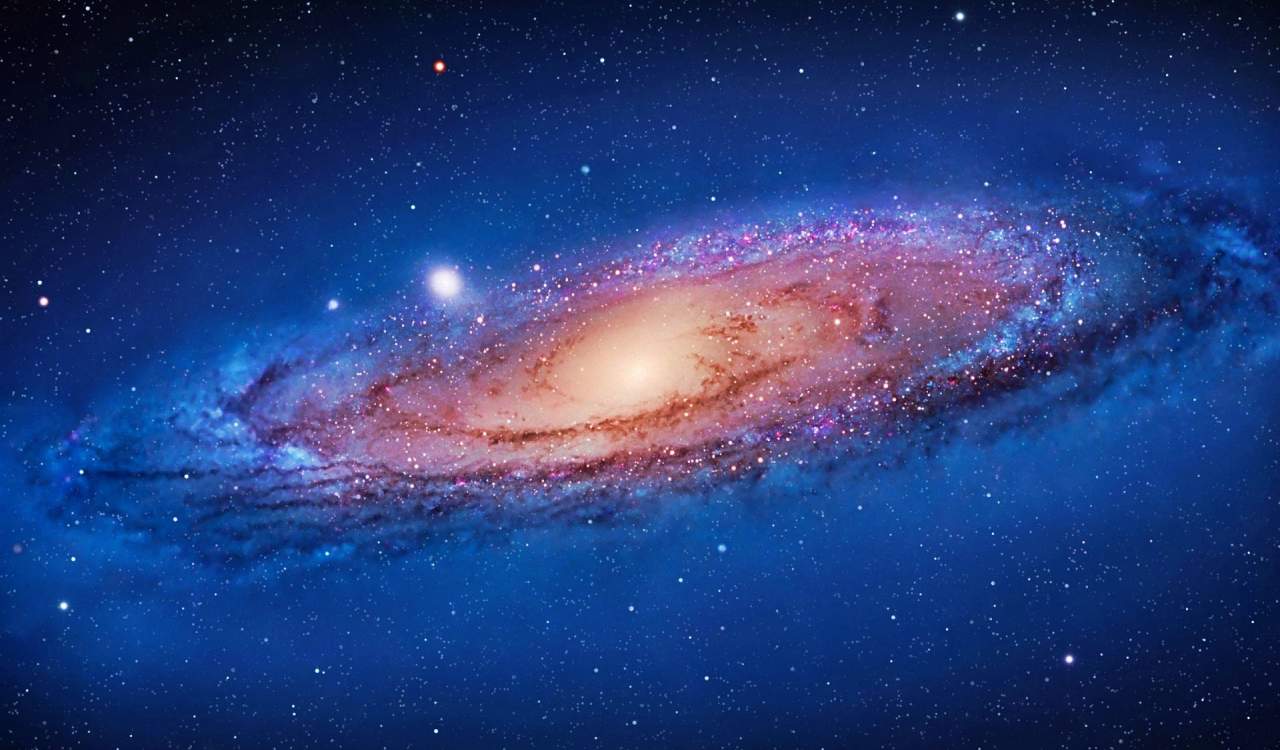In Star Trek, the saying is that the people on the Enterprise are “boldly going where no man has gone before.” While Starfleet might be doing this in the distant future, by the time the show takes place, it is a given that we are not alone in the universe. As of this writing, we do not know that. It is a statistical impossibility that we are. In the Milky Way Galaxy alone, there are 200 billion stars, some with planets around them that could be habitable. Outside our galaxy are many other galaxies with millions to trillions of stars, also with planets around them that seem potentially habitable. But do alien worlds know about us?
Imagine growing up in another galaxy, wondering if there is life in the Milky Way. You’re also a victim of lightspeed. This is important when trying to view planets in other systems or galaxies as they are lightyears away. Thus, we see them as they were in their past, not the present. The Earth is over 4 billion years old and nothing close to humans came around until roughly 4 to 6 million years ago. Depending on how far galaxies are from us, they could see a very different Earth than what we know today. Let’s discuss what some might be seeing in near as well as far-off galaxies.
Andromeda Galaxy

Distance From Earth: 2.53 Million Lightyears
Number of Stars: Estimated 1 Trillion
One thing people often get incorrect about the Andromeda Galaxy is that it is NOT the closest galaxy to the Milky Way. It is, rather, the closest of the large galaxies. It is roughly the same size as the Milky Way at 1 trillion solar masses. We are also expected to collide with this galaxy in a little over 4 billion years from now. Due to the trillion stars, Andromeda is assumed to have some possible exoplanets that life could reside on. As of now, it is 2.5 million lightyears away from our solar system. Thus, living beings could only see the Earth as it was 2.5 million years ago.
At this time, we were in the Paleolithic period. The Homo habilis species of humans existed during this point. This is the species that began using stone tools for the first time. We did not establish many large societies, and it is likely some were inbred. Meanwhile, others in this period would have come across some small families bred with them. Living beings had it rough in this era, as it was a point of repeated global cooling. While it was not quite the “Ice Age” that took down the dinosaurs, it was glacial in several sections of the world off and on every year. Something that could not exist today.
